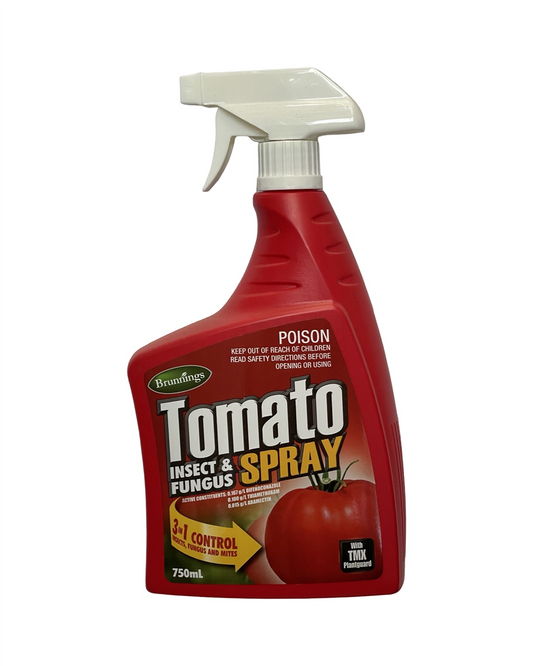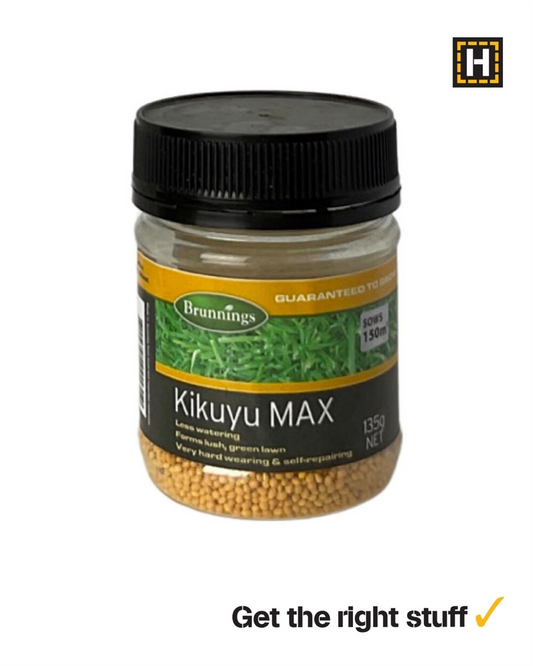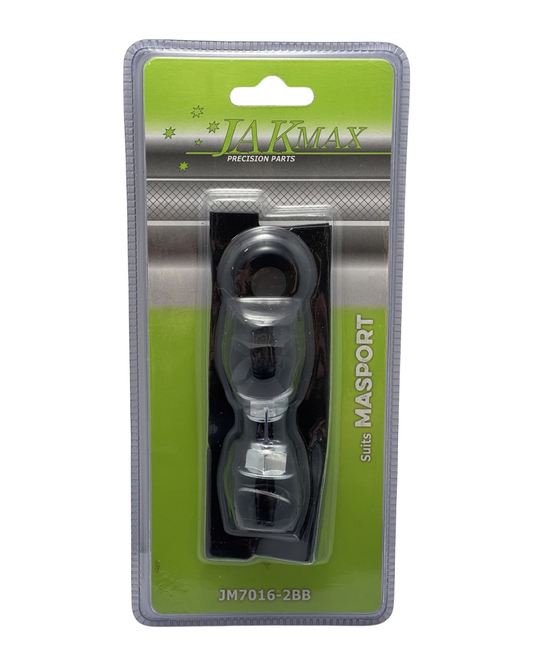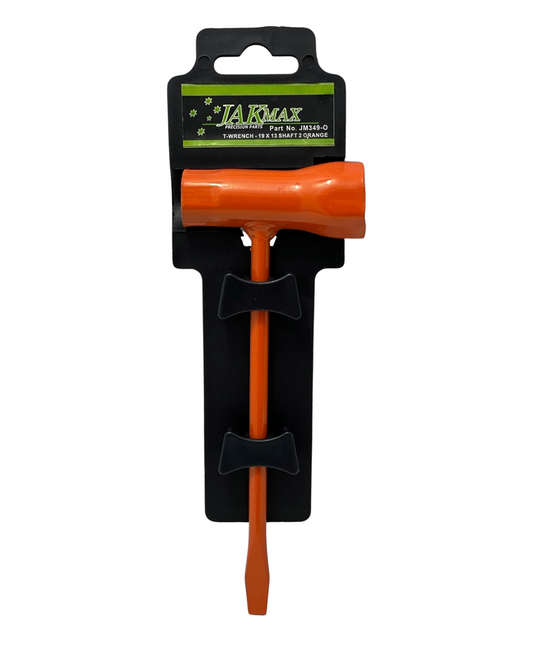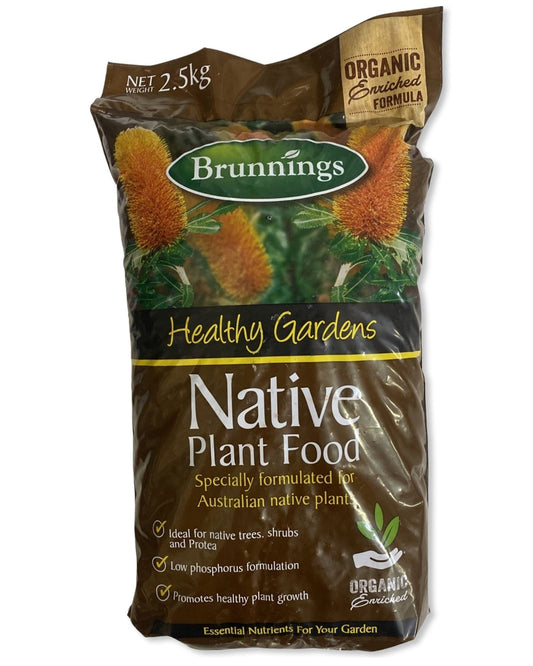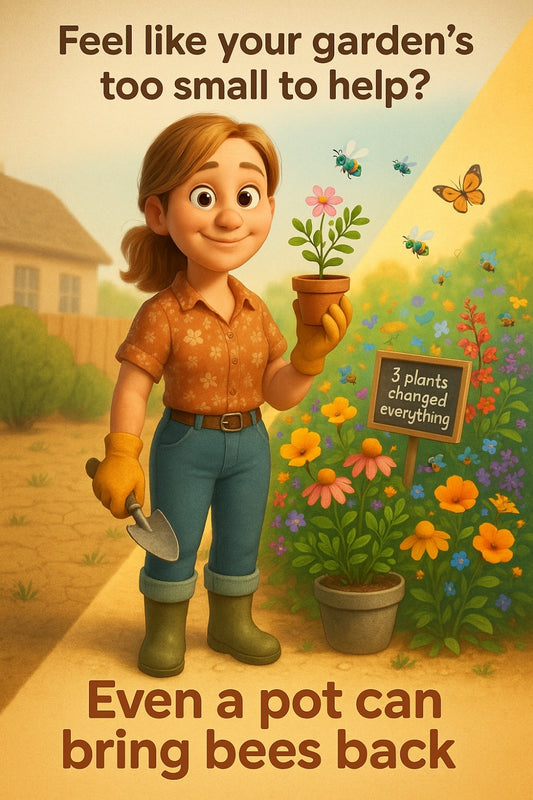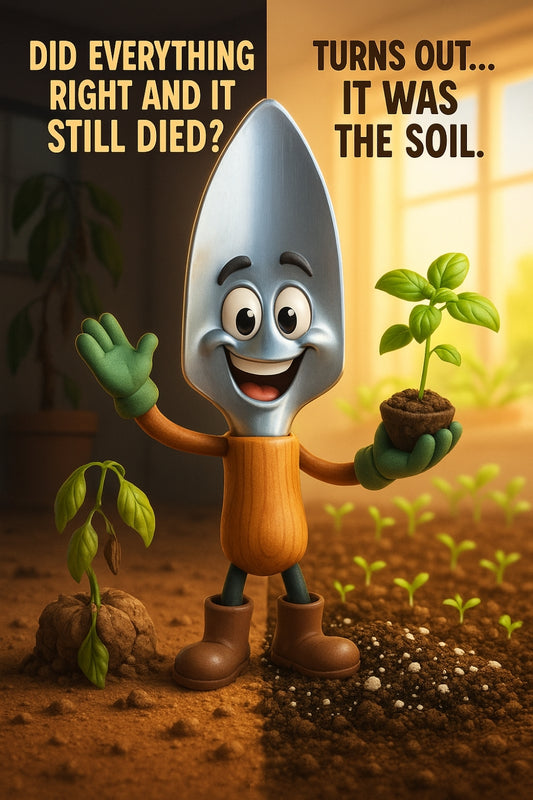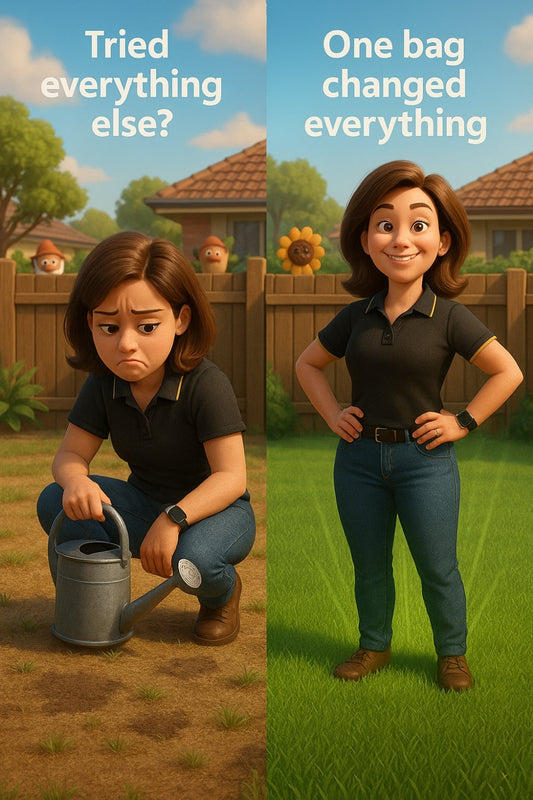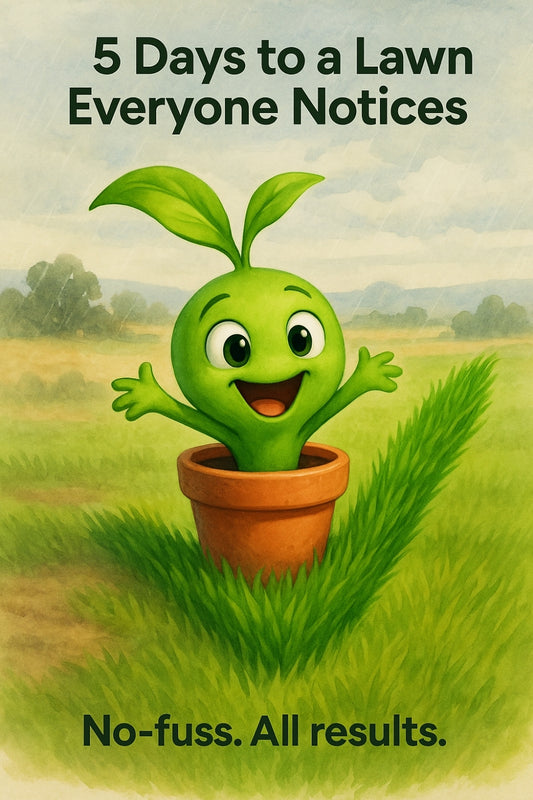Neutrog-fed caulis looking leafy? You’re not crazy—here’s why yours won’t head (yet).
Share
Why Your Cauliflower Isn't Heading – And What You Can Do About It
This surprisingly common garden problem has a simple fix — if you know what to look for.
“I watered, I fertilised, I even talked to the thing… and still, no cauliflower head.”
Sound familiar? You’re not alone. One local gardener recently told me how her leafy cauli plants looked promising, but months in — nothing but green leaves. No crunchy white florets. No Sunday roast hero veg. Just confusion and a creeping sense of failure.
The good news? This isn't a permanent problem — and it doesn’t mean you’re a plant killer. Cauliflower just happens to be one of those veggies that plays a bit hard to get. But once you know its quirks, you can coax it into forming heads like a seasoned grower.
First — What Causes a Cauliflower Not to Form a Head?
It typically comes down to one of four factors:
- Excess heat – Cauliflower needs cool growing conditions. If it faces prolonged warmth (especially above 25°C), it may bolt or stay leafy.
- Overcrowding – Without enough space between plants, cauliflower can’t focus its energy into forming a tight central head.
- Lack of nutrition – Cauliflower is a heavy feeder. A hungry plant won’t produce a solid head.
- Inconsistent watering – Dry spells or overwatering can throw the plant off its rhythm, delaying or stopping head development entirely.
None of these mean you’ve failed – just that your plant's asking for a reset.
“Growing great cauliflower isn’t luck – it’s timing, nutrition, and knowing what makes them tick.”
– Candeece, passionate veggie patch whisperer from our local garden centre
Before You Rip It Out — Try This
Here’s your quick rescue checklist if you’ve got cauliflower with no heads in sight:
- Check the season. Cauliflower performs best as a cool-season crop. In South Australia, aim to plant in late summer to autumn, so the growth period taps into the cooling months.
- Feed it. Use a balanced slow-release fertiliser (like those from Neutrog or Brunnings) every few weeks. Boost nitrogen early in growth, then switch to something with more potassium once florets should be forming.
- Space matters. Cauliflower needs space — ideally 40-50cm apart. If yours are cheek-to-cheek, consider transplanting or gently removing the weakest plants.
- Keep it moist. Aim for consistent, even watering. A deep soak once or twice a week (depending on the weather) is better than daily sprinkles.
- Mulch for coolness. A layer of straw or sugarcane mulch helps keep the soil cool and roots steady — especially if late heat waves roll in.
Use these approaches together, and you’ll likely have new growth within a fortnight. If you catch it in time, even older plants can reward you with a small but delicious head.
The Trick Few Gardeners Talk About
If you’re certain the conditions are right but still no head, here’s a little-known tip from an older grower down the street (who’s still not on Instagram, bless him):
“When a head doesn’t form, bend the biggest leaf over the crown — almost like a shady hat.”
Why? Cauliflower heads don’t like direct sunlight. It causes yellowing or stops growth. That leaf hat acts like natural shade, creating the ideal microclimate for head formation underneath.
Sometimes the old ways are the best ways.
Still Nothing? Don’t Toss It Yet
If your plants are too far gone this time, don’t see it as a waste. Turn the leafy greens into a quick stir-fry, or chop them into soups. Even snails leave cauliflower leaves alone most days. Plus, you can reuse the garden bed right away — simply feed it well and start again with the right crop for the season.
And here’s the unexpected upside: gardeners learn the most from the plants that don’t go to plan.
The best growers I know keep a notebook, or at least snap a photo of what went wrong, so they adjust next time. They don’t aim for perfect — they aim for progress.
Because That Head? It’s Not Just a Veggie
It’s proof. That you’ve paid attention. That you adapted. That you stuck with it even when it didn’t work the first time.
There’s something low-key magical about crouching down, parting a few fat leaves, and finally seeing that crisp white globe sitting in the middle — like nature finally gave you a wink.
And grows like that? They don’t just nourish your plate. They feed your confidence, too.
Happy growing,
Candeece
 Stay Connected
Stay Connected
Join our gardening community on Facebook: Urban Gardener's Notebook
And follow our Store Facebook Page: Strathalbyn H Hardware on Facebook

